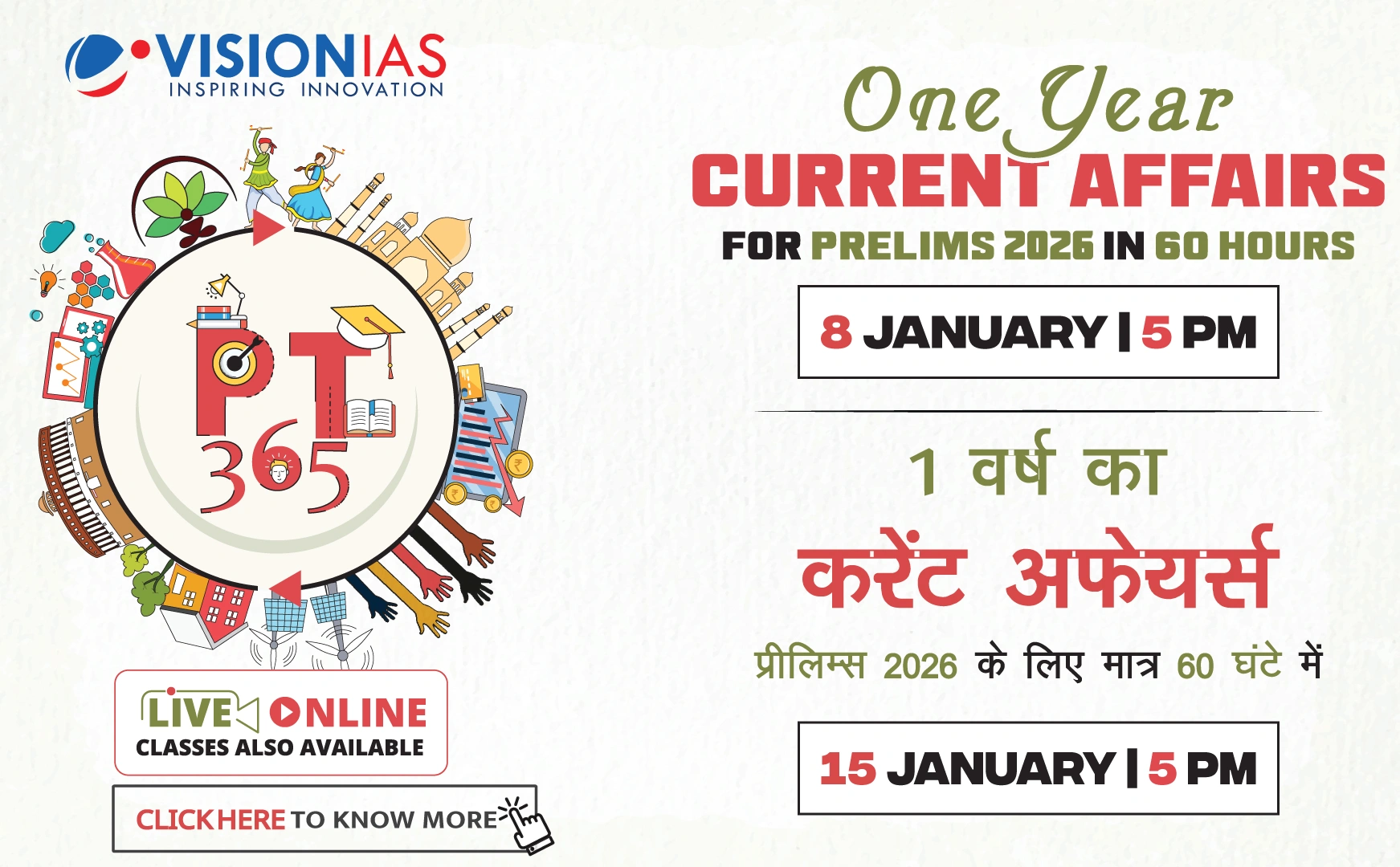India's Path to Becoming a Republic
India's journey to becoming a republic was shaped by numerous constitutional ideas from diverse political thinkers and movements before the adoption of the 1950 Constitution. The period between 1895 and 1948 saw proposals reflecting a spectrum of ideologies, from early liberalism to Gandhian decentralism to radical socialism.
Key Constitutional Drafts
- The Constitution of India Bill, 1895
- Contained 110 articles advocating representative government, individual rights, and legal equality.
- Emphasized civil liberties inspired by British constitutional models.
- Aimed for dominion status within the British Empire, not complete independence.
- M.N. Roy’s Constitution of Free India: A Draft (1944)
- Crafted with a foundation in radical humanism.
- Advocated participatory democracy with linguistically organized provinces.
- Introduced the right to revolt and a robust Bill of Rights.
- Promoted economic equity and decentralization through citizens' committees.
- The Constitution of the Hindusthan Free State Act (1944)
- Associated with nationalist right-wing groups like the Hindu Mahasabha.
- Proposed unitary state structure and cultural unification.
- Guaranteed religious freedom and non-discrimination.
- Featured emergency powers and a strong state-centric ethos.
- The Gandhian Constitution for Free India (1946)
- Based on principles of non-violence, trusteeship, and rural self-sufficiency.
- Proposed a confederation of self-sustaining village republics.
- Included the right to bear arms, showing tension between ideals and practical needs.
- Socialist Party's Draft Constitution of the Republic of India (1948)
- Advocated nationalization of major industries and abolition of private ownership.
- Proposed a unicameral legislature representing key social groups.
- Focused more on socio-economic rights than procedural safeguards.
These drafts illustrate a vibrant pre-independence debate on India's state nature, showing ideological diversity. While none were adopted wholesale, elements from each influenced the 1950 Constitution, contributing to India's rich constitutional legacy.







